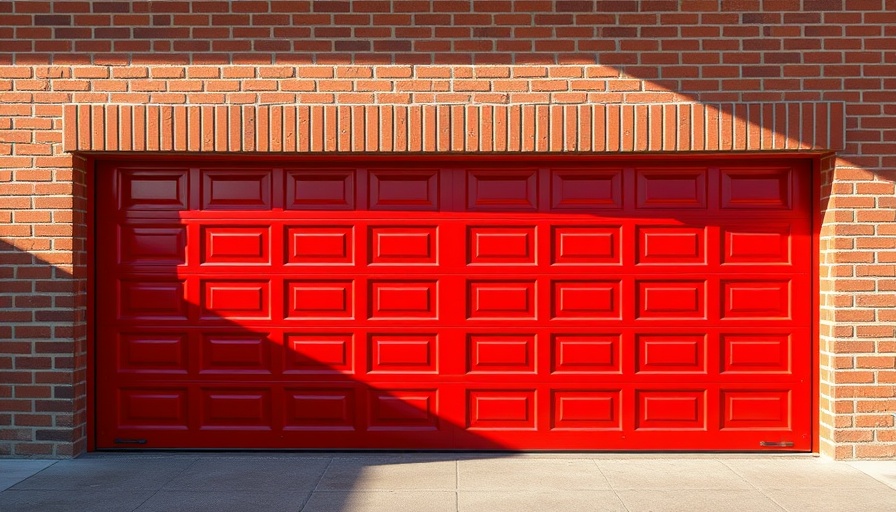
Reviving Your Bathtub: Techniques for Scratch Removal
As we relish the comfort of a warm bath, our bathtubs inevitably bear the marks of time. Scratches and scuff marks can take away from the aesthetic of an otherwise pristine bathroom. Fortunately, homeowners in Virginia can restore their tubs without a complete renovation, thanks to simple techniques and solutions available today. Whether your bath is acrylic, porcelain, or fiberglass, learning how to remove scratches effectively can keep it looking like new.
Understanding Your Bathtub Material
Before diving into scratch removal methods, understanding your bathtub's material is crucial. Each type requires a unique approach:
- Acrylic: Commonly used for its durability and easy maintenance, acrylic baths can be revived with damp fine-grit sandpaper. Use it in small circular motions for the best results.
- Fiberglass: Similar to acrylic but requires occasional different treatments. For minor scratches, a polishing compound specifically for fibreglass works well, while deeper marks may necessitate a fibreglass repair kit to fill and buff.
- Porcelain: More costly yet elegant, porcelain baths can benefit from non-gel toothpaste for superficial scratches. For deeper scratches, opt for a very fine grit sandpaper.
Essential Tools and Products for Restoration
Having the right tools and products on hand can make scratch removal more efficient. Here are some highly recommended items:
- Lotfancy 320 Grit Sandpaper: This fine sandpaper is excellent for gradually buffing away scratches. With an ample supply, homeowners can ensure long-lasting results.
- Tile and Tub Repair Kit: Ideal for those needing a comprehensive solution, this kit includes waterproof, heat-resistant formulas designed specifically for various tub materials.
- Bar Keepers Friend Cleanser: This all-around bathroom cleaner is non-abrasive, making it suitable for frequent use without damaging surfaces.
Practical Steps to Remove Scratches
Once you have your materials ready, follow these steps to remove scratches:
- Clean the Area: Start by thoroughly cleaning the surface of the bathtub to avoid rubbing dirt into scratches.
- Apply the Right Technique: For acrylic, buff with damp fine-grit sandpaper; for fibreglass, use the appropriate polishing compound or sandpaper for deeper scratches.
- Finish with a Polish: After buffing, apply a suitable polish or wax for your tub type to enhance shine and protect the surface.
The Benefits of Scratch Removal
Regular maintenance and care for your bathtub can significantly extend its lifespan and improve your bathroom's overall appearance. Removing scratches not only enhances the aesthetic appeal but also prevents deeper damage that could lead to costly repairs or replacements. If you've been considering home expansion or remodeling, a well-maintained bathtub can promote a more cohesive and attractive space.
Considering Home Improvements?
While restoring your bathtub can be a fulfilling DIY project, homeowners should assess whether their space meets their needs. If you're considering larger-scale home improvements such as a bathroom addition, incorporating updated fixtures and finishes could bring significant value to your property. Don't hesitate to explore options like room additions or other renovations that align with your vision. Whether you're thinking about a garage conversion or a new in-law suite, now may be the perfect time to make those dreams a reality.
For more information on conducting home improvements or to get inspired by innovative designs, consider signing up for expert newsletters, such as the Homebuilding & Renovating Newsletter.
 Add Row
Add Row  Add Element
Add Element 


 Add Row
Add Row  Add
Add 

Write A Comment